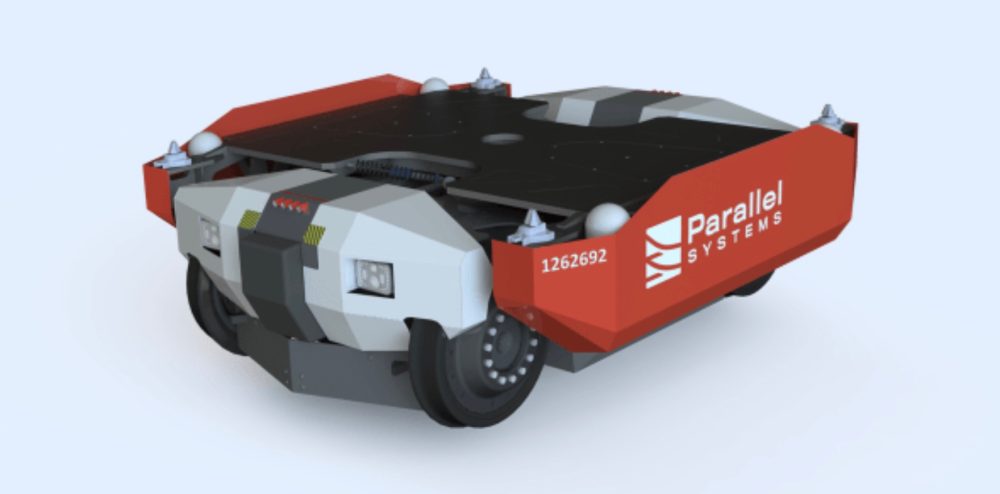A bunch of former SpaceX engineers banded together to create a new startup looking to make electric and autonomous railway vehicles to revolutionize rail-based freight transport. They have a big task ahead of them.
The railway business is a tough one to break into. It’s a static oligopoly dominated by a few giants sitting on their railroad rights and making minimal investments to maximize profits.
Over the years, railroads were privatized in North America, and the businesses have no issues closing smaller railroads. They often close smaller railroads when they can’t find a way to make money off of them and focus on the most profitable routes with longer trains – often as long as 3 miles.
Despite those issues, freight trains have remained a good solution since they are about four times as efficient as trucks. But, with trucks expected to become electric and autonomous in the coming years, they are going to close the efficiency gap with trains.
Now Matt Soule, a former long-time SpaceX engineer, has partnered with former colleagues at Elon Musk’s space company to launch a new startup, Parallel Systems, developing new electric and autonomous vehicles.
The company just raised $50 million in a Series A funding round and came out of stealth mode with an article in Fortune. The idea is to create small autonomous electric-powered rail vehicles that can enable a different way to use railroads.

You can drop the cargo on individual Parallel Systems vehicles and have them move without waiting for the whole train to be unloaded.
Then each container can move individually for up to 500 miles or band together to become more efficient.
This would allow smaller railroads to reopen and new ones to be built to deliver cargo closer to customers and take some of the market away from trucks. It also would enable some useful moves like this:
As for the vehicle itself, Parallel Systems vehicles can carry 128,000 pounds, which is more than twice the capacity of a semi-truck. The vehicles have a range of 500 miles on tracks and can charge in about an hour.
However, the company currently only has a prototype being tested on 50 miles.
Electrek’s Take
This is an interesting solution that makes a ton of sense to me. I can see a future where this system is on rail and it unloads on electric semi-trucks to go to its end destination. It would make the entire transportation system more efficient.
However, I think it’s going to be a massive undertaking to convince rail companies to invest in this. It’s not really a situation where they are competing and disrupting the market. They need to be suppliers to those companies and, knowing what I know about Union Pacific, CN, etc., it’s going to be quite the uphill battle.
But, I wish them the best of luck.
Subscribe to Electrek on YouTube for exclusive videos and subscribe to the podcast.
